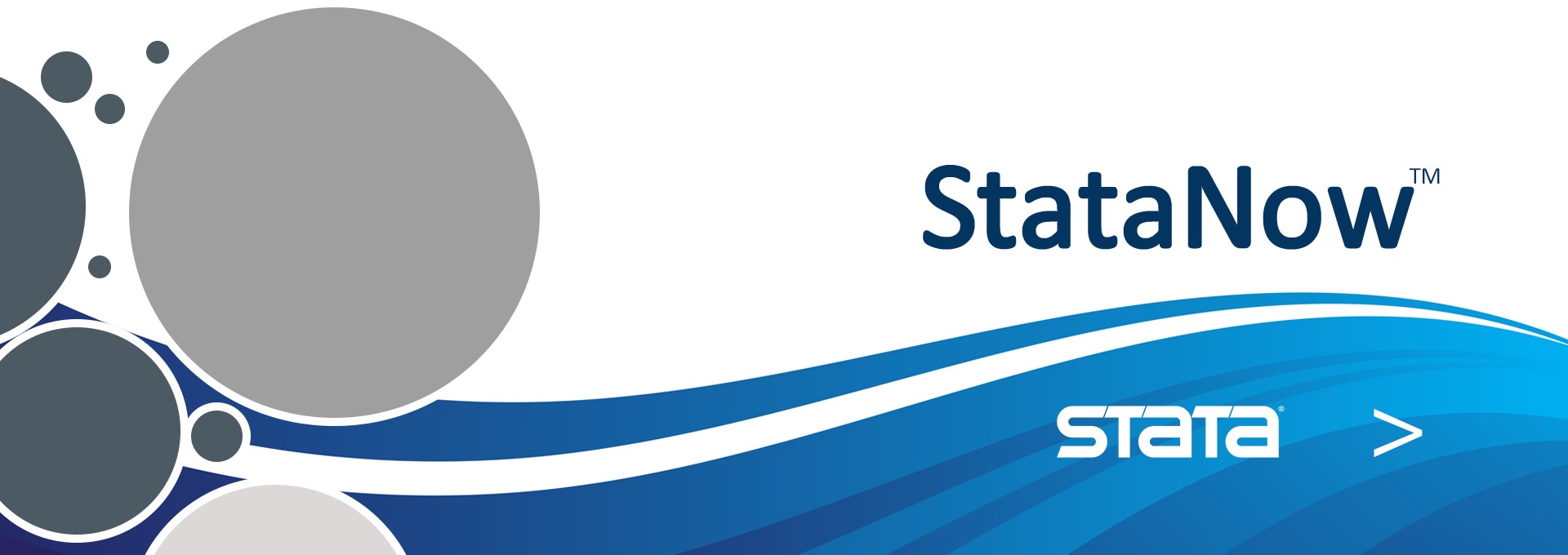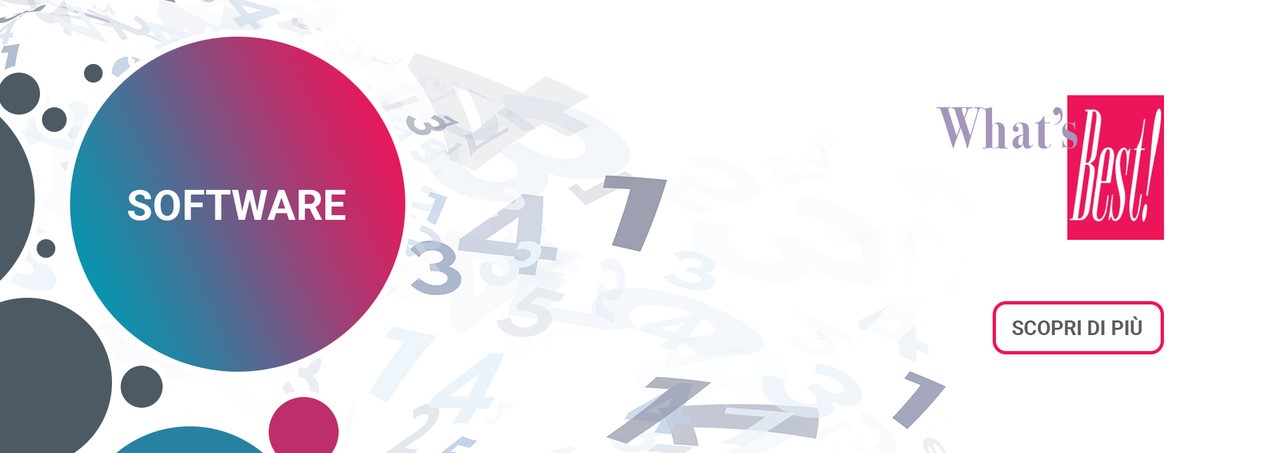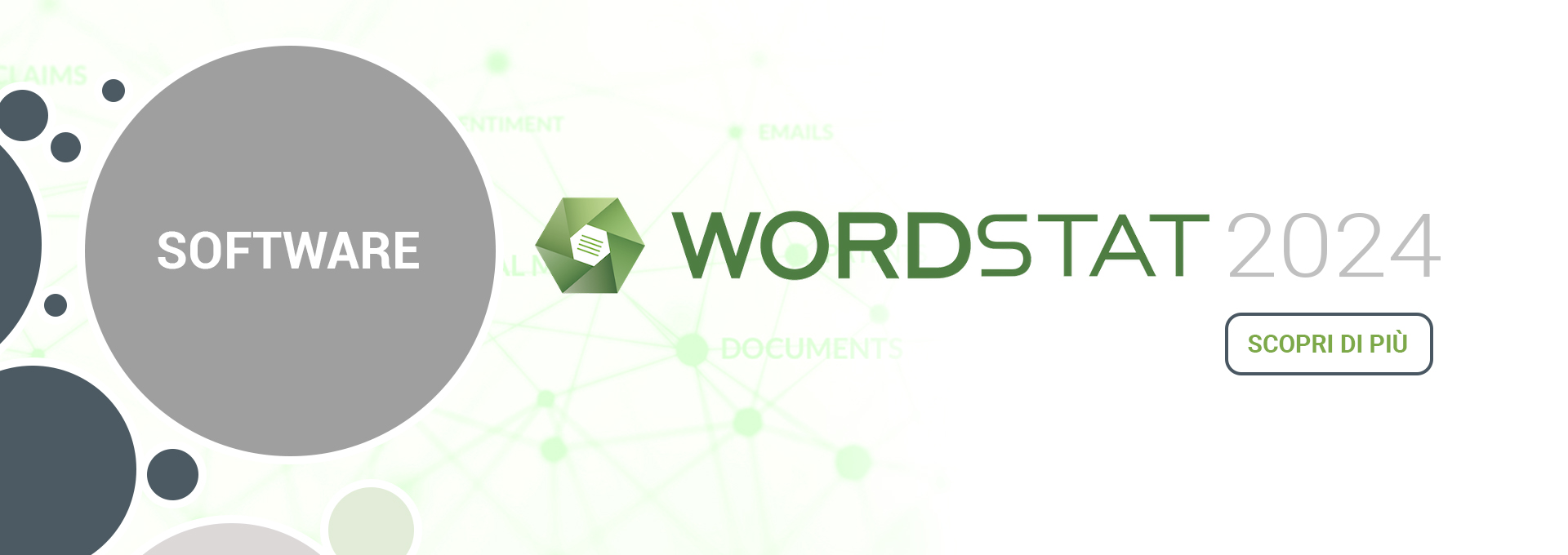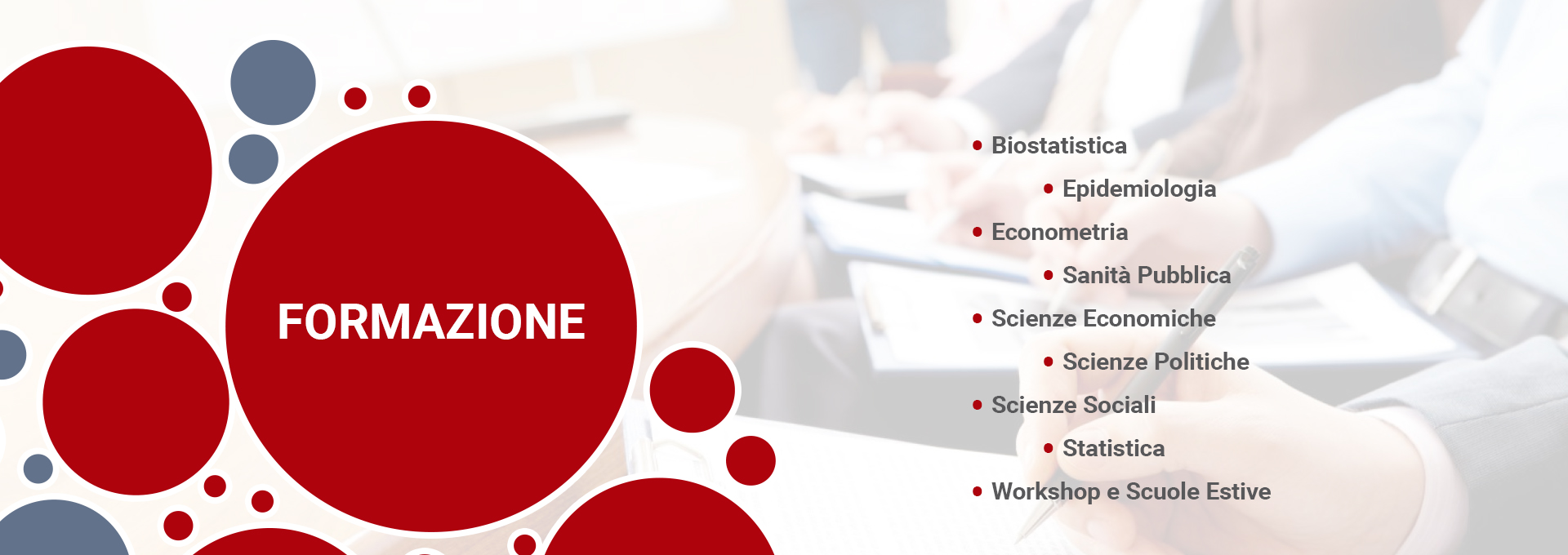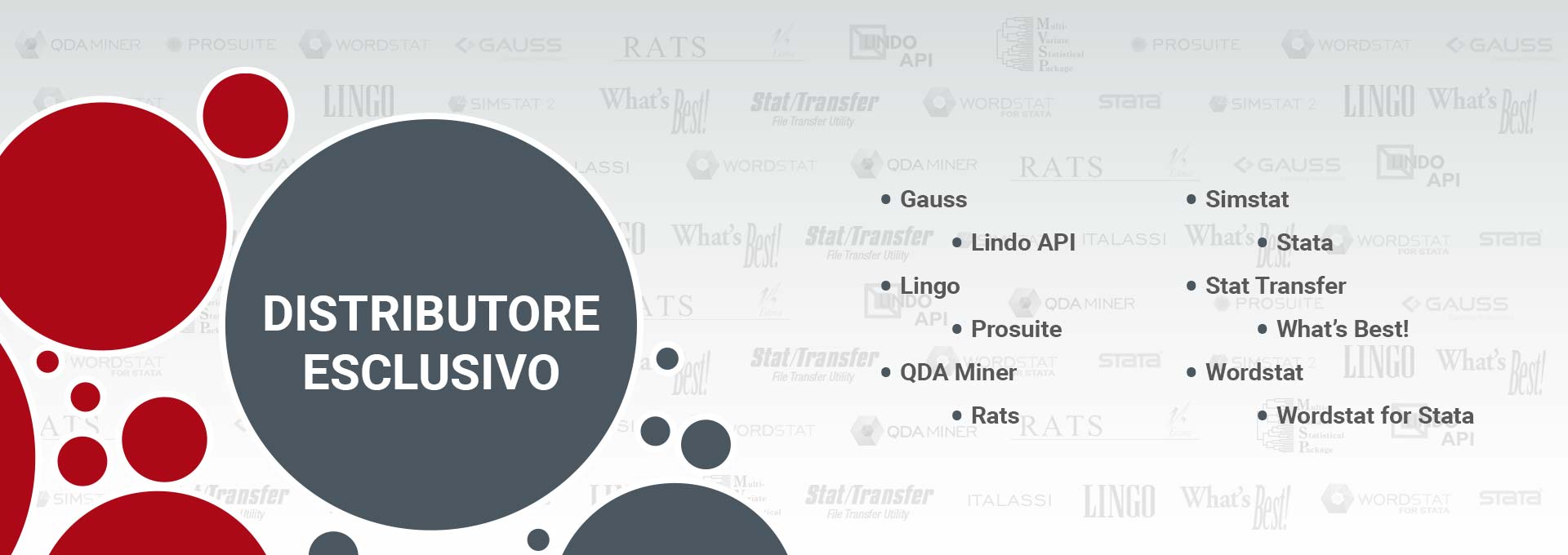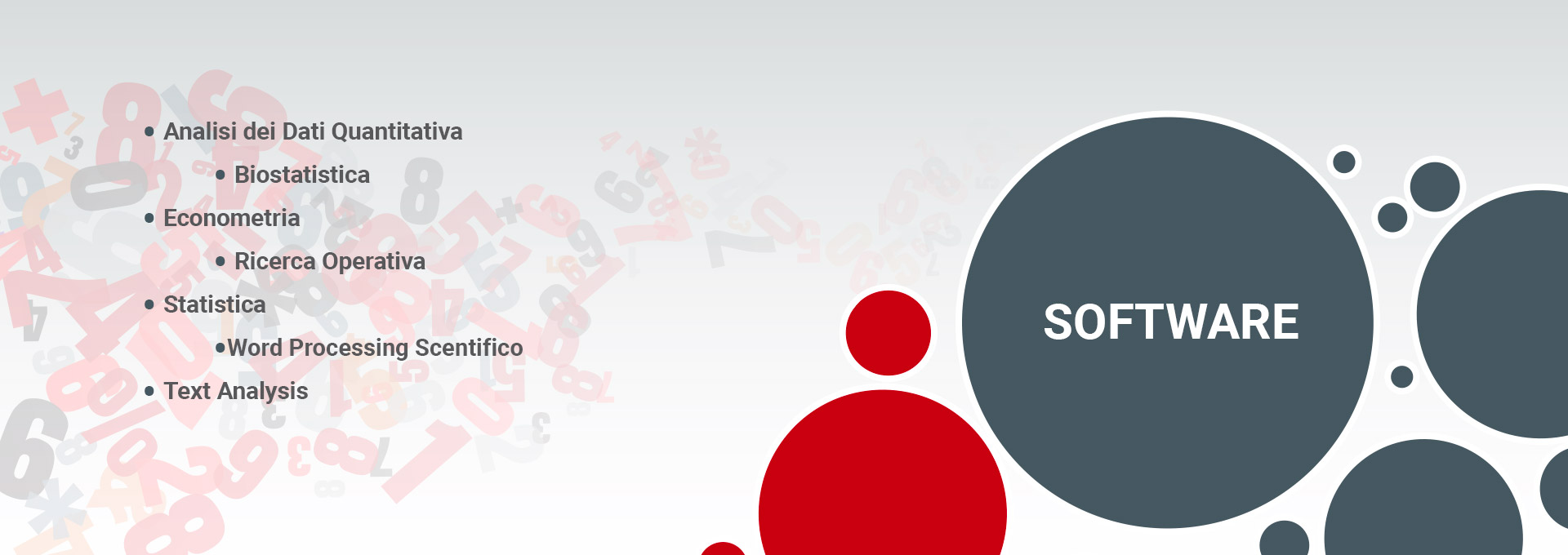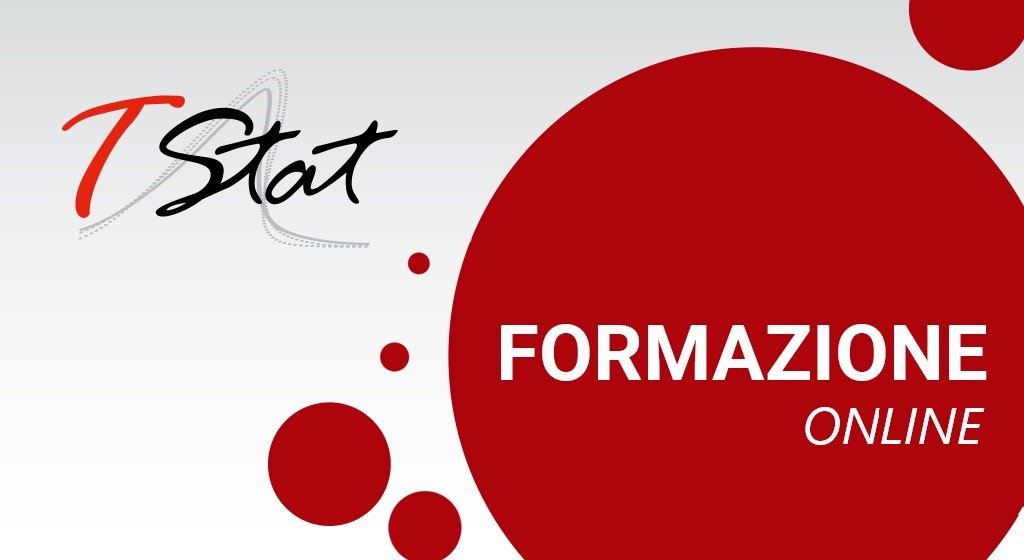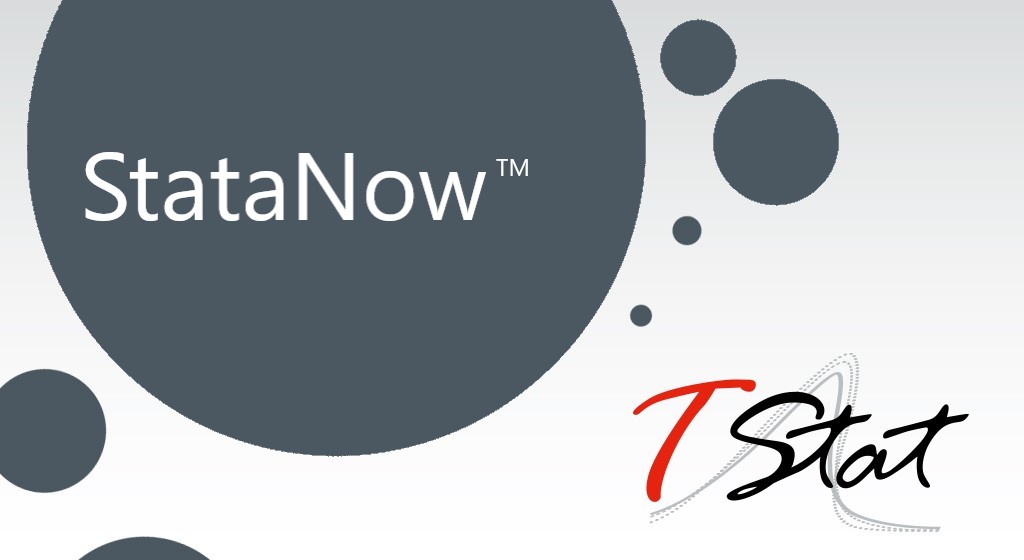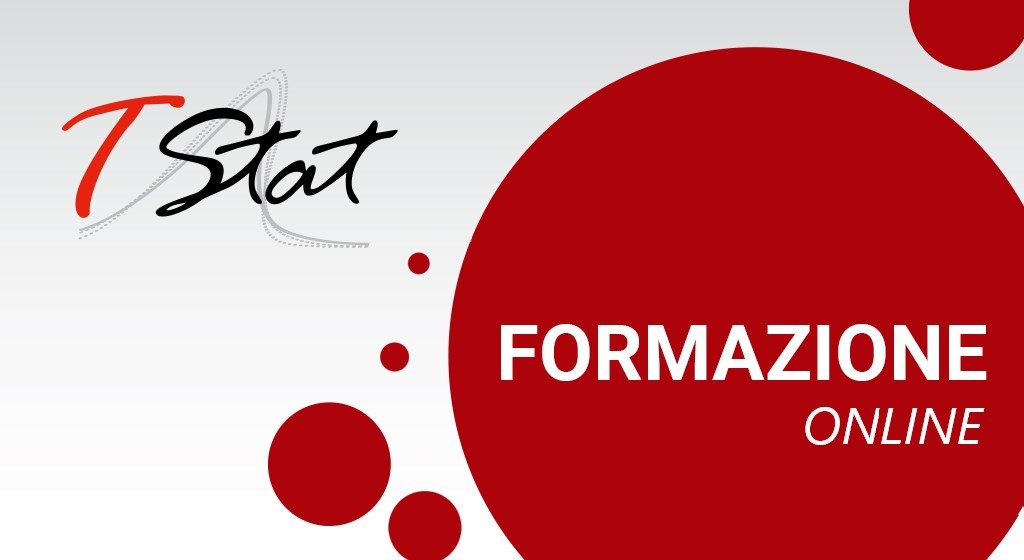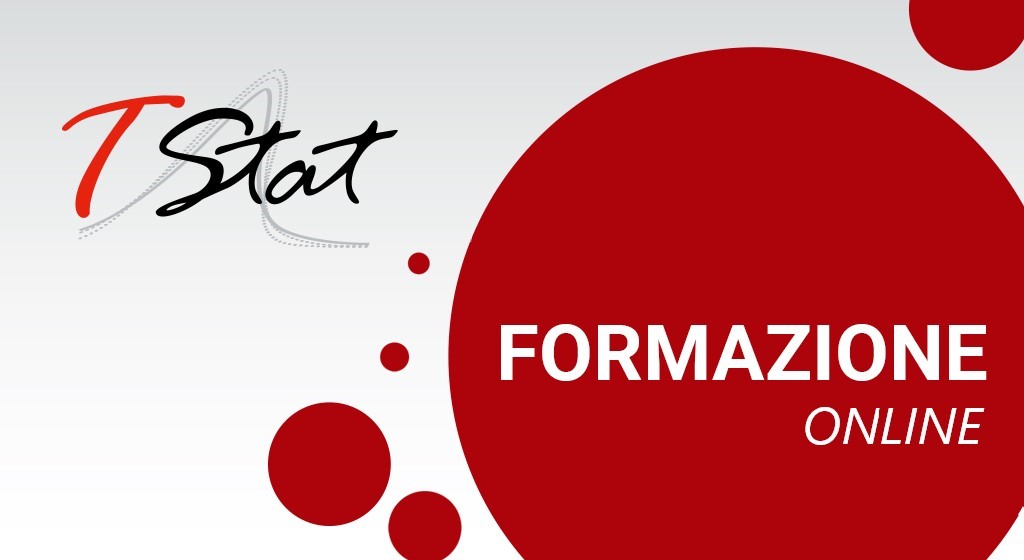Regressione Lineare e Logistica in Ambito Sanitario con Stata
Il corso “Regressione Lineare e Logistica in Ambito Sanitario in Stata” offre ai partecipanti una panoramica delle tecniche …
StataNow™
StataNow™ consente agli utenti di accedere alle nuove funzionalità statistiche, nonché ai miglioramenti introdotti per i report writing e per l’interfaccia, non appena verranno sviluppate e rilasciate dalla StataCorp.
Create and Export Tables Using Stata
In Create and Export Tables Using Stata, Michael Mitchell teaches you how to expertly craft custom, publication-quality …
Meta-Analisi in Stata
L’obiettivo del corso è di fornire le conoscenze teoriche e applicate necessarie per effettuare una rassegna …
Dynamic Panel Data Analysis
This course provides a rigorous overview of existing DPD techniques, thus offering students the opportunity to …
Analisi Visiva dei Dati Spaziali: Creare le Mappe in Stata
L’obiettivo del corso è offrire un’introduzione all’analisi visiva dei dati spaziali mediante il software Stata. Il …
Machine Learning in Stata: Una Introduzione Modulo I
Il corso offre una introduzione ad alcune popolari tecniche di machine learning utilizzando il software Stata. …
Introduzione a Stata
Il corso fornisce gli strumenti necessari per permettere ai partecipanti di eseguire la gestione e l’analisi …
Analisi della Sopravvivenza con Stata: un Case Study
Il corso L’Analisi della Sopravvivenza – Un Case Study si focalizza sui diversi aspetti legati alla …


